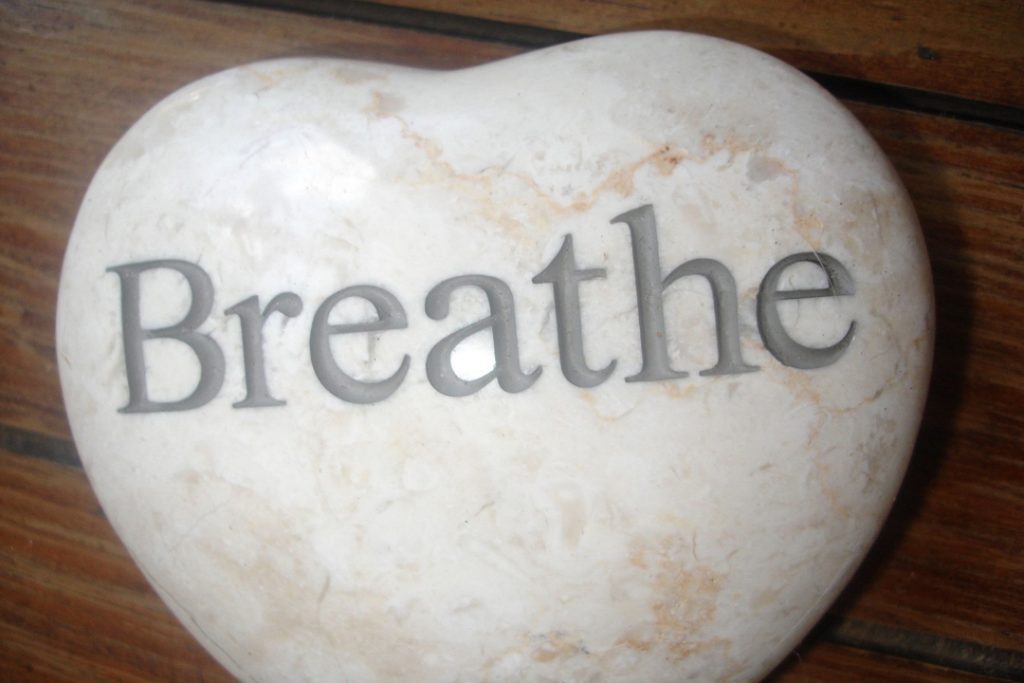
Contents
- Continuous positive airway pressure (CPAP)
- Variable positive airway pressure (VPAP) or bilevel positive airway pressure (BiPAP)
- Automatic positive airway pressure (APAP).
- inspiratory positive airway pressure (IPAP) and
- a lower expiratory positive airway pressure (EPAP) for easier exhalation.
What Type of Patients need Bi-PAP?
You’ll mostly need a BiPAP machine in the following situations:- CPAP users who feel excessive pressure or discomfort during expiration may feel comfortable with lower expiratory pressures from the BPAP machines.
- Bilevel treatment is often applied in patients who are insufficiently treated with constant positive airway pressure (CPAP).
- Bi-PAP therapy is useful for patients who suffer primarily from ventilatory impairment, such as those with obesity-hypoventilation syndrome(Pickwickian syndrome), restrictive thoracic disorder, or chronic obstructive pulmonary disease (COPD).
- BiPAP is also indicated in central sleep apnea, adult respiratory distress syndrome (ARDS), and various neuromuscular diseases.
Advantages of BiPAP Therapy:
- Bi-pap machines have superior benefits compared with CPAP.
- Patients have good compliance rates with BPAP machines.
- The therapy is effective in terms of clinical status and improvement in blood gas levels.
- Patients with COPD can benefit from BiPAP therapy, opposite to CPAP where the patient find difficult exhaling against the positive pressure.
- Studies have shown that central apneas related to cardiac failure or cerebrovascular accident can be treated with BPAP.
Disadvantages of BiPAP Therapy:
- In some cases, central apneas may occur with titration of BPAP. The cause is not certain but is probably due to increased lung volume when the air for inspiration (IPAP) is significantly higher than the air used for expiration (EPAP).
- Another disadvantage is the cost of the Bi-PAP machines, which is higher than a regular CPAP machine.